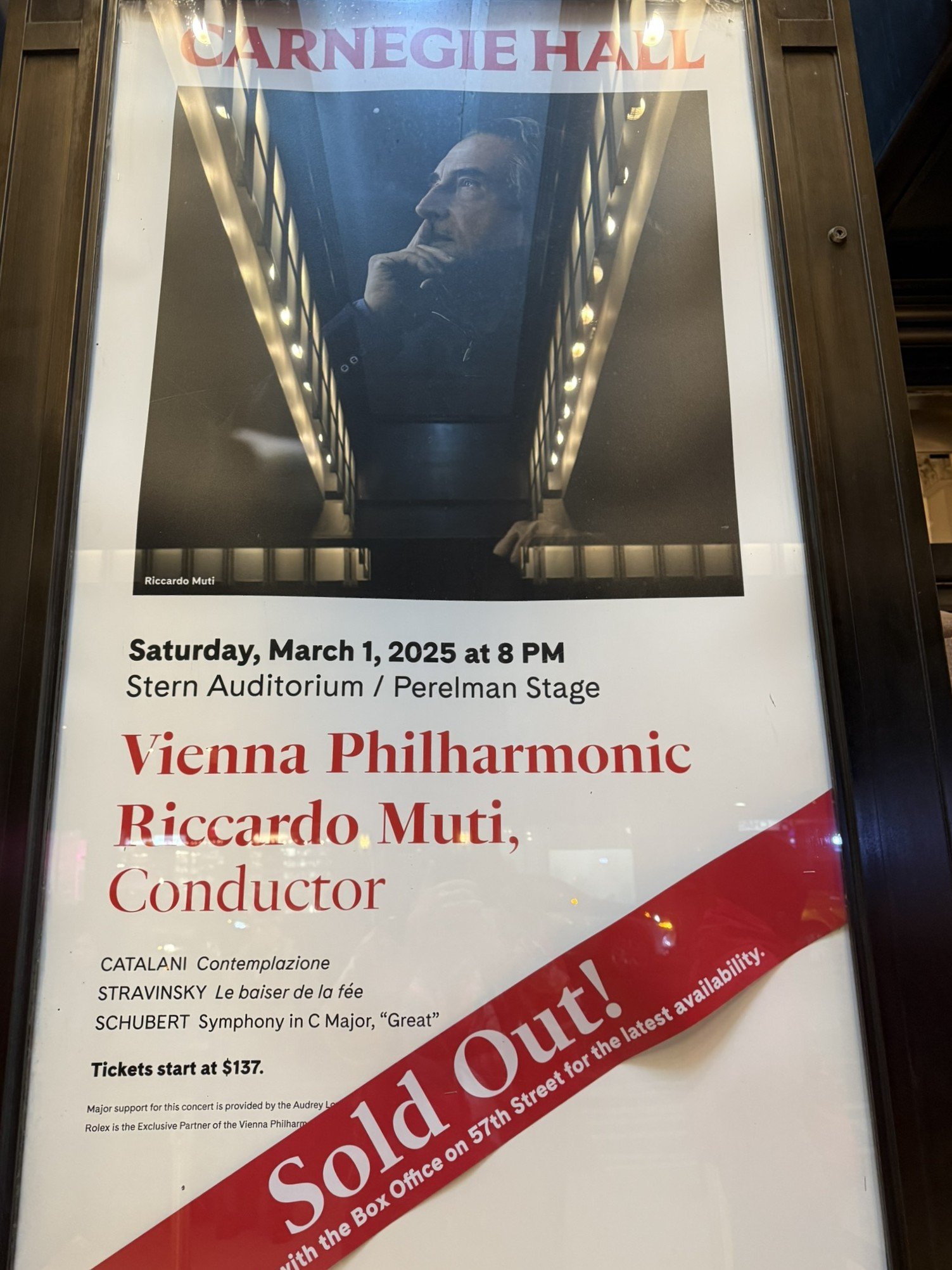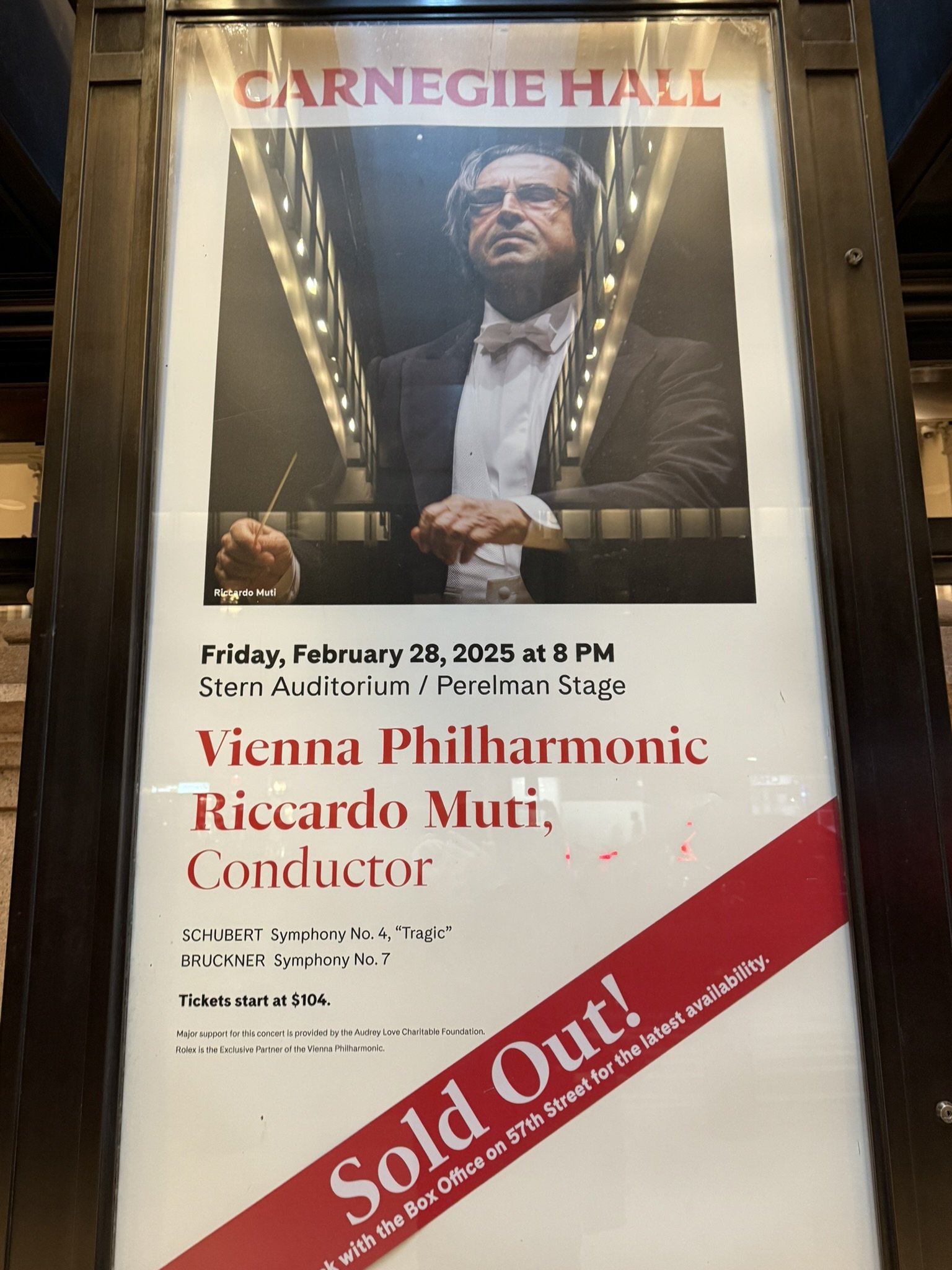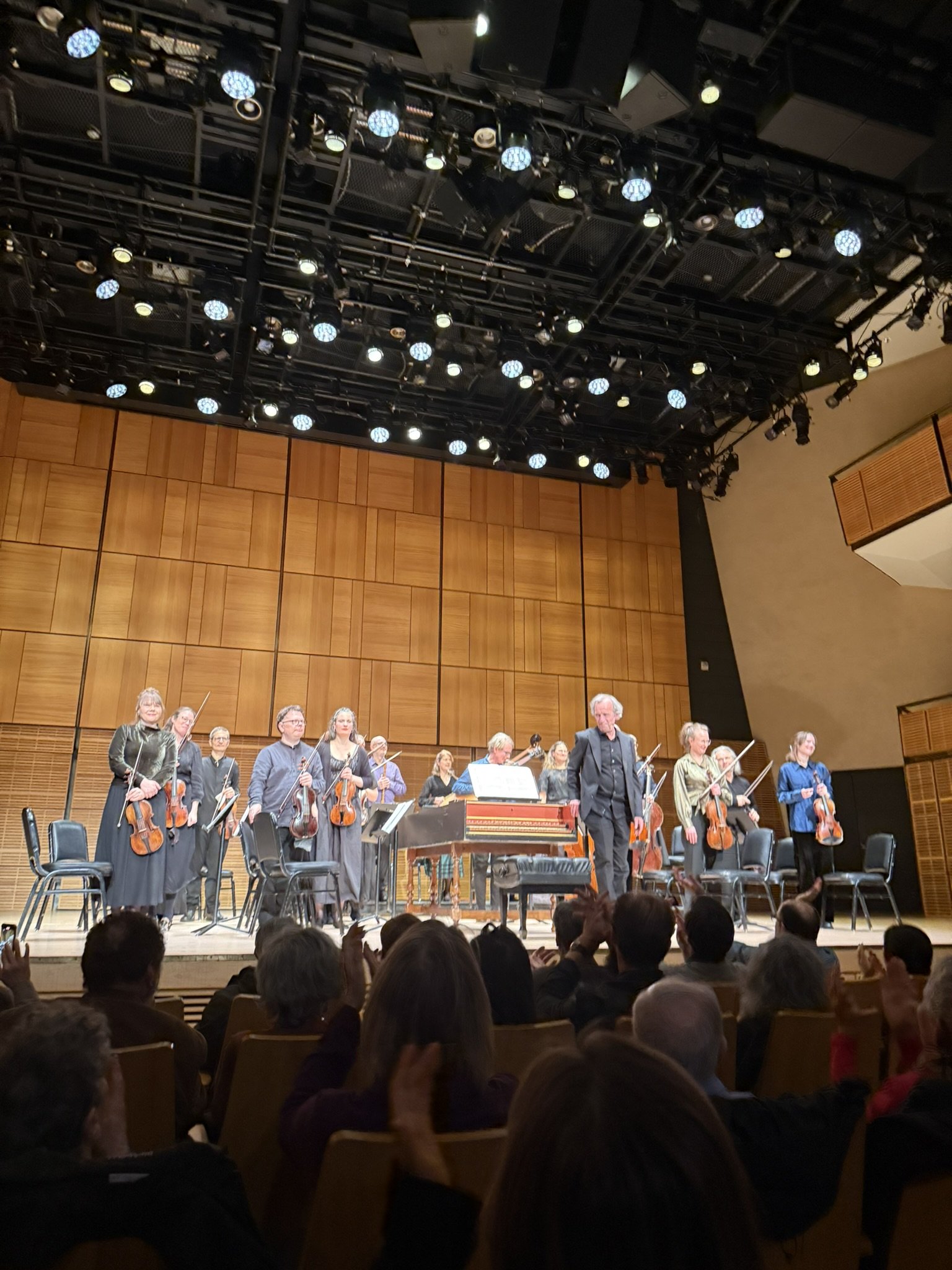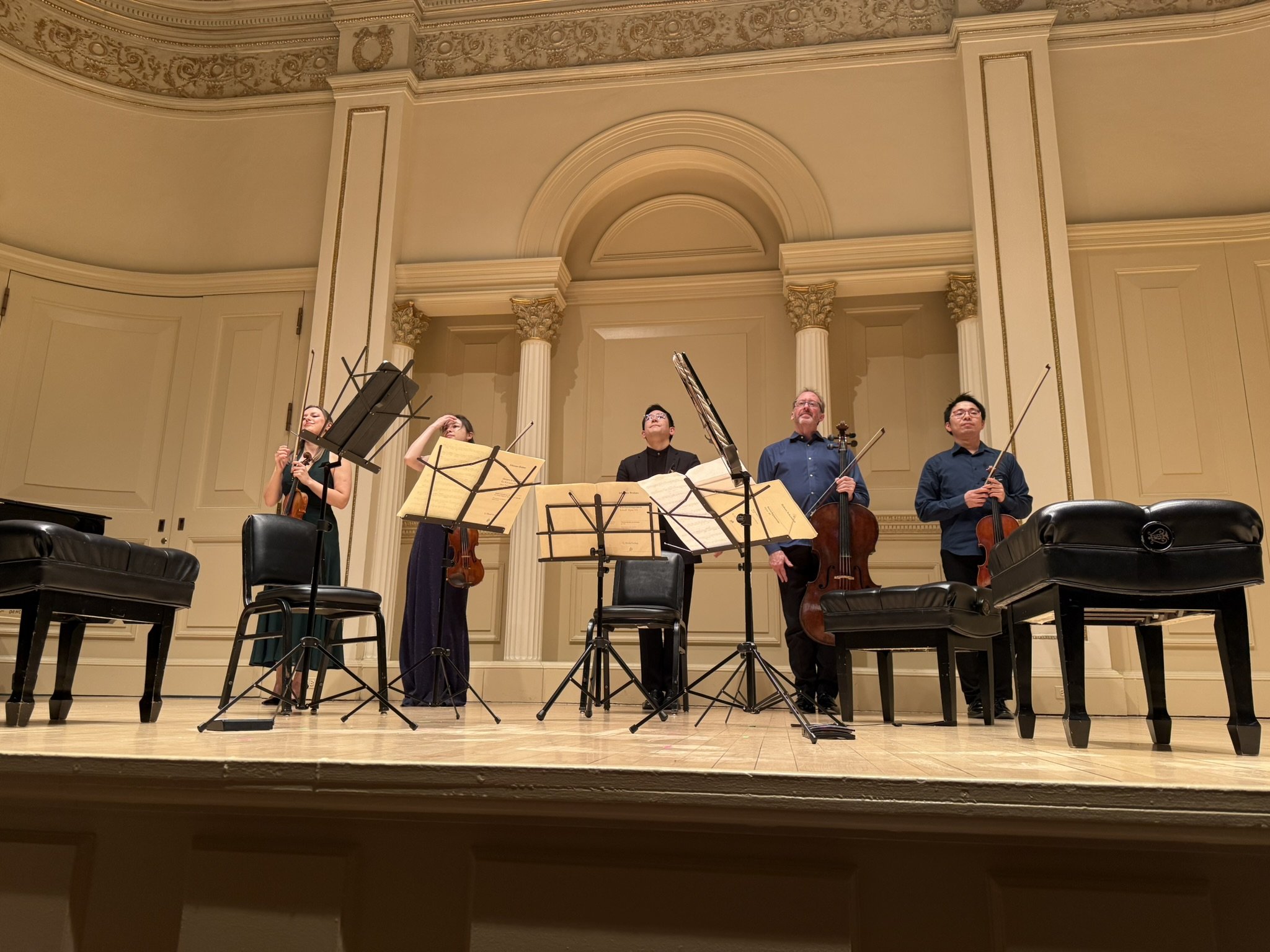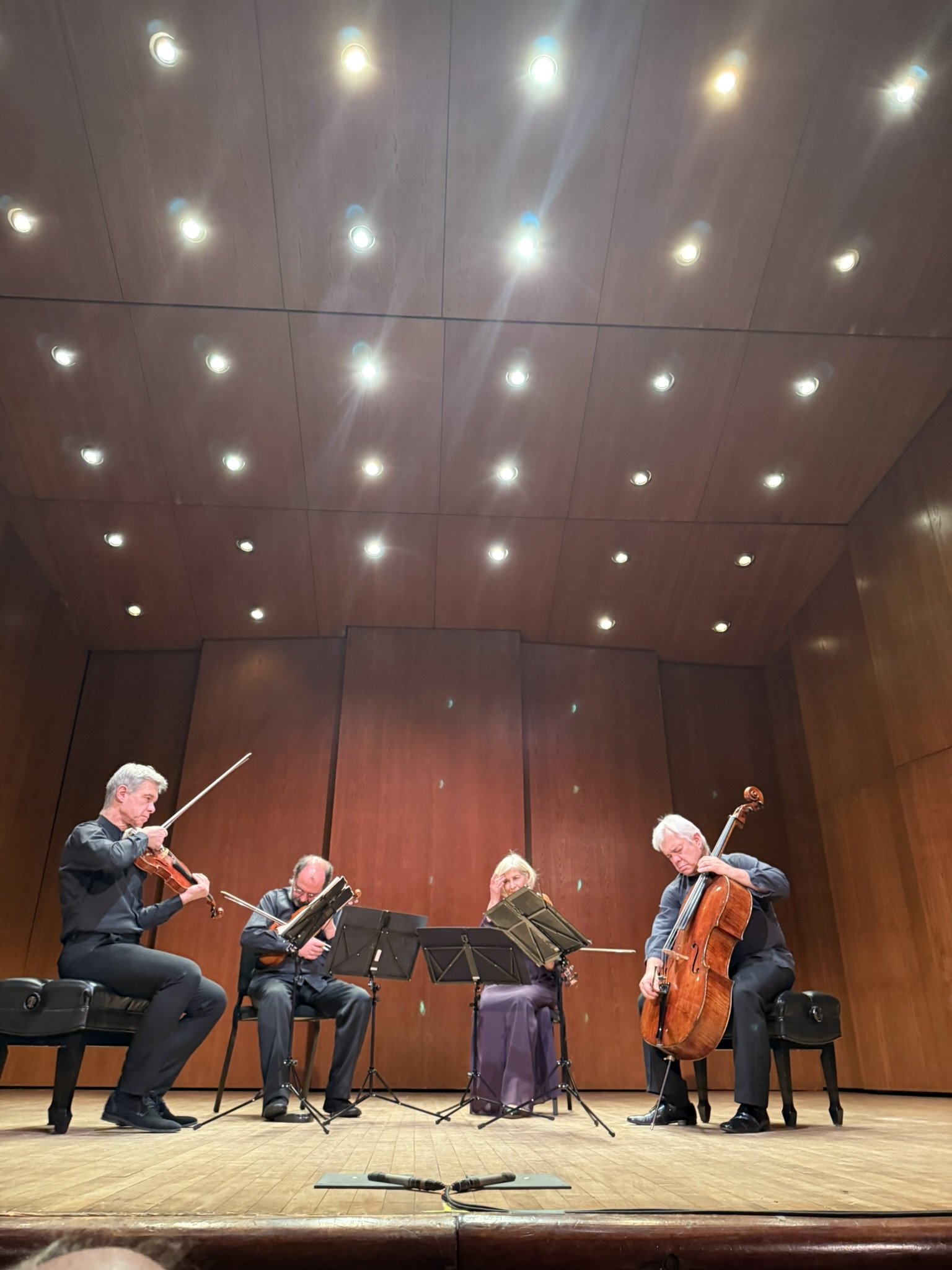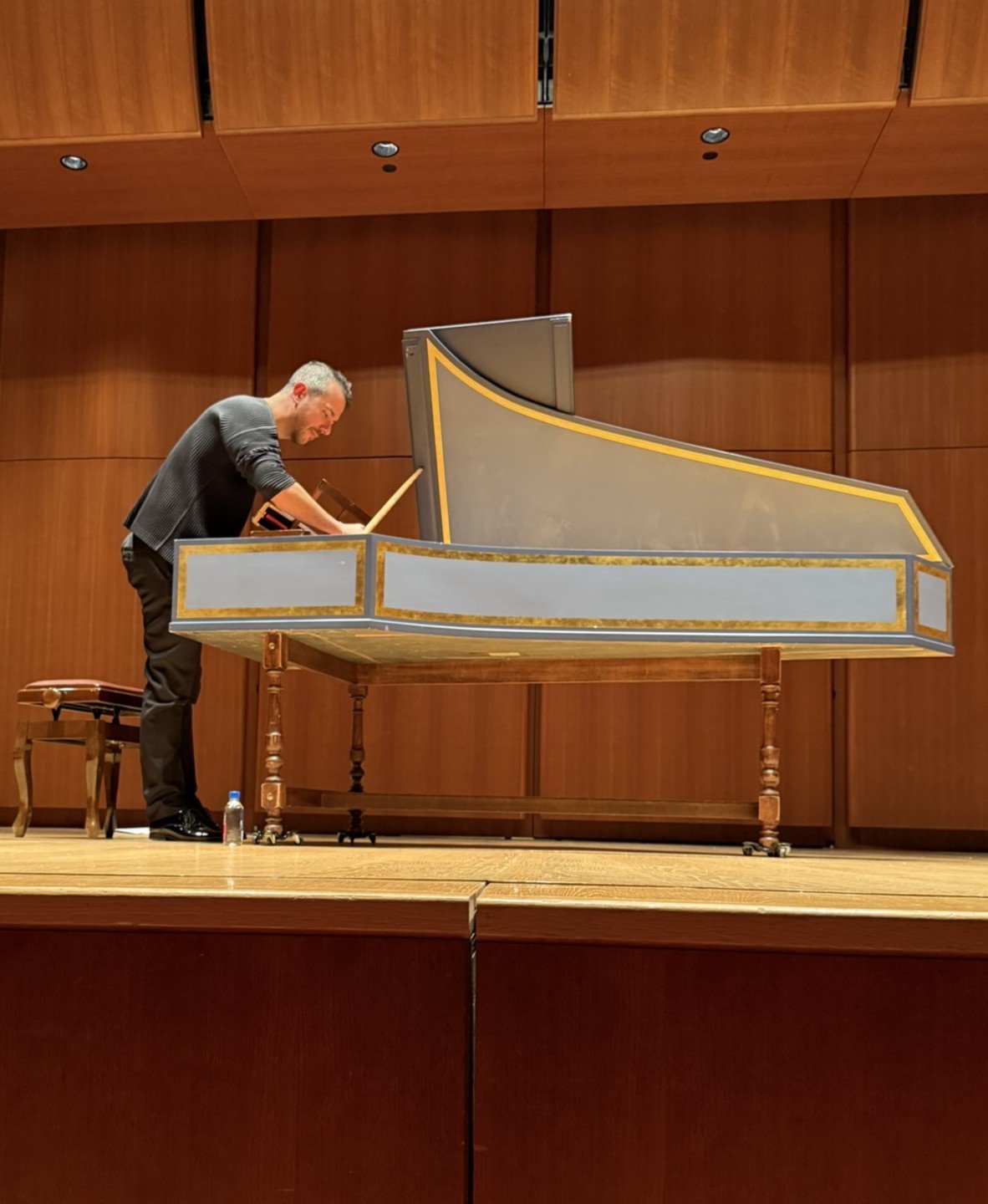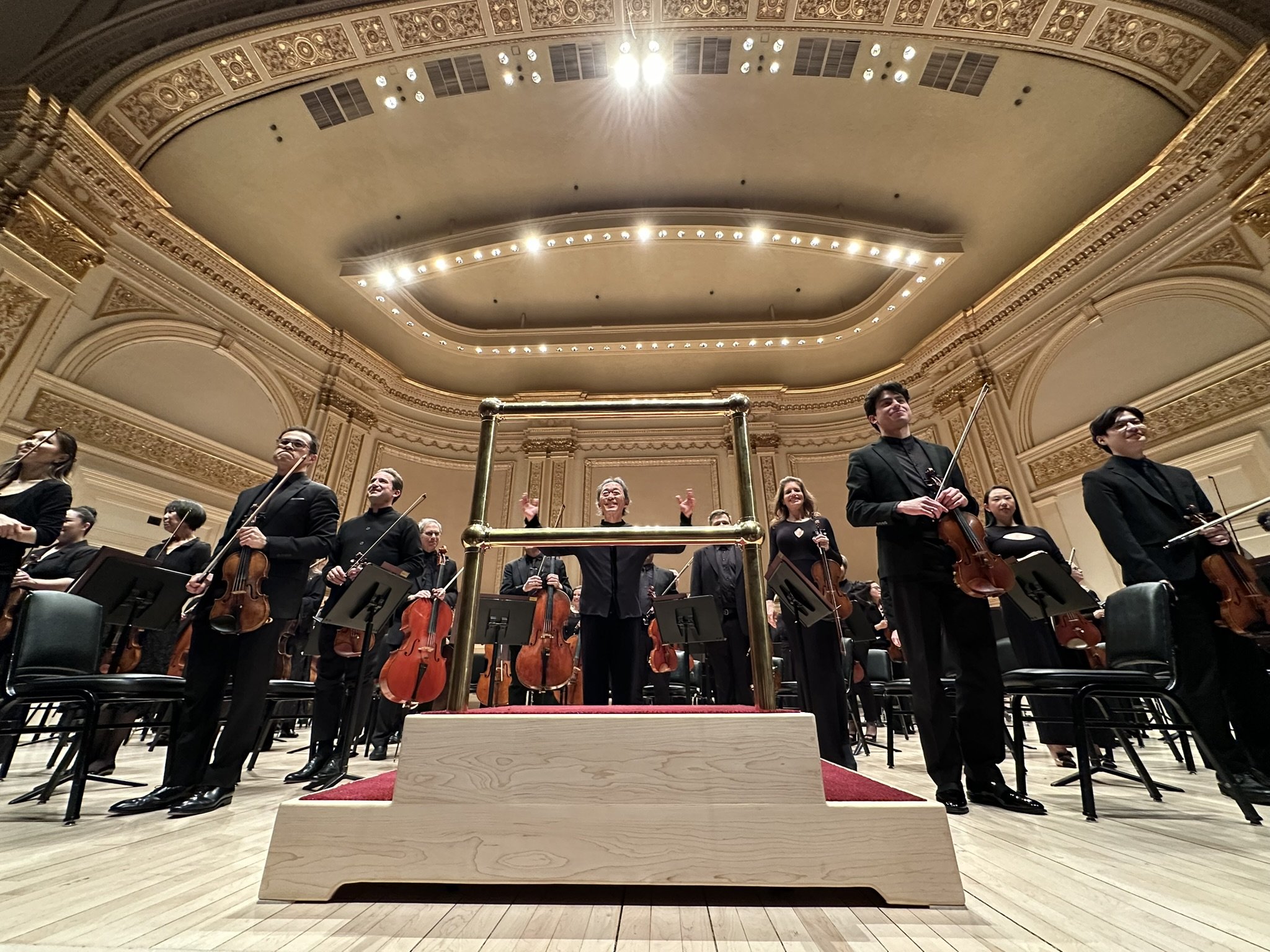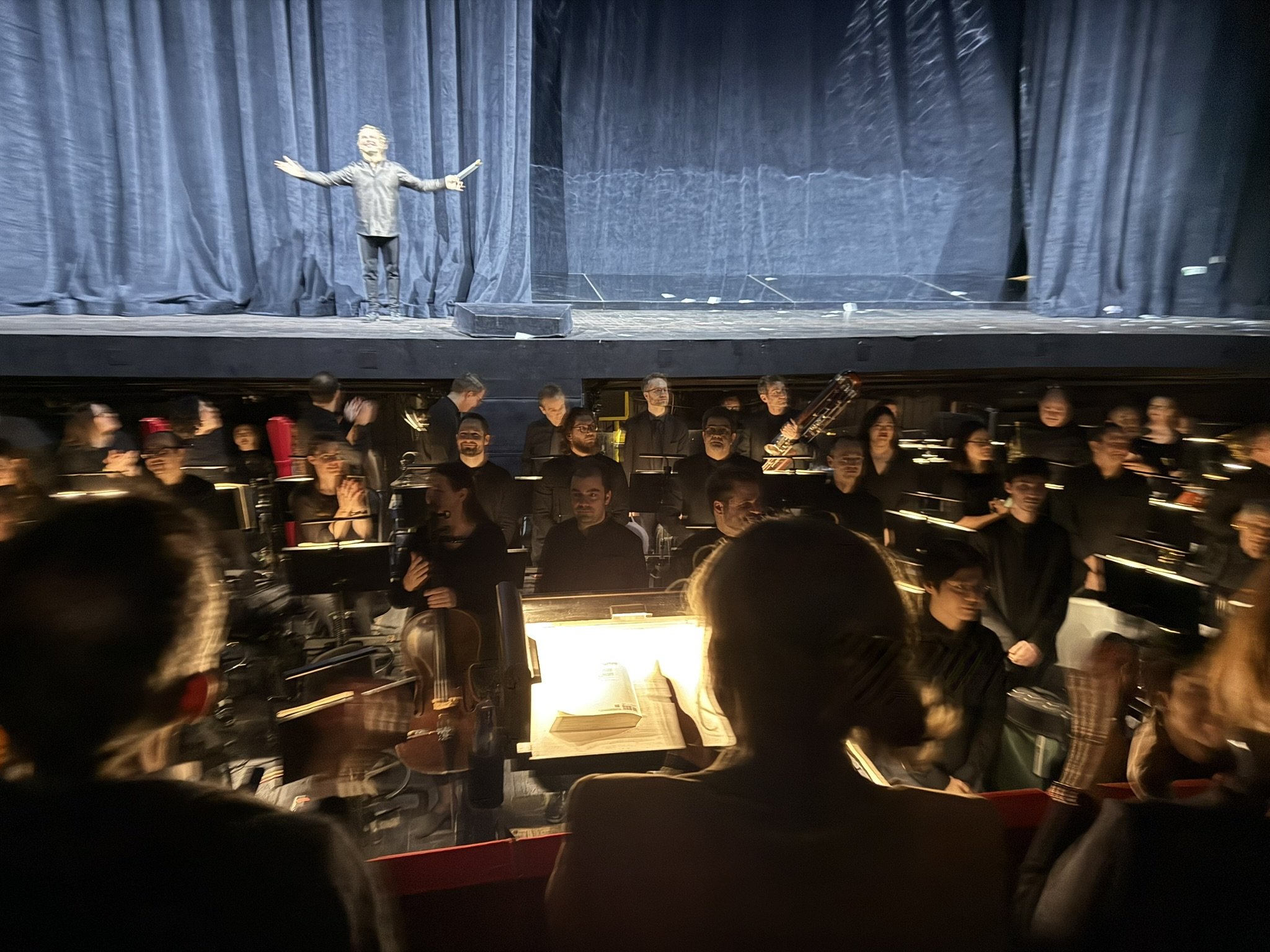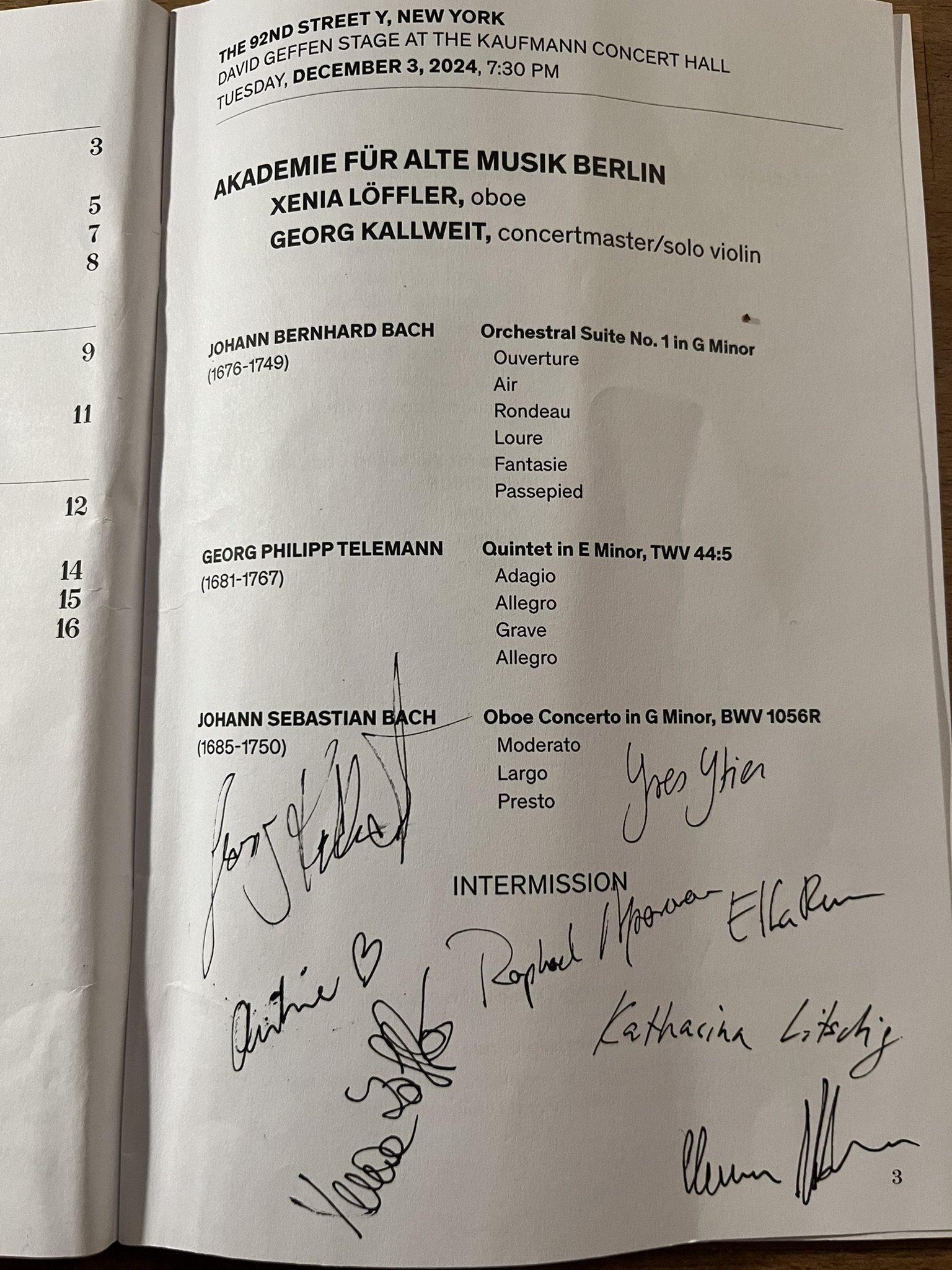On March 3 at Carnegie Hall, Muti and the Vienna Philharmonic paired Mozart’s Jupiter Symphony with Dvořák’s New World. Their Mozart shone with golden string tone, lyrical winds, and a finale fugue evoking an ideal society. Dvořák unfolded with grandeur and suspense, uniting audience, orchestra, and maestro in a profound global communion.
Read MoreMuti brings out the best in Venna at Carnegie Hall
Riccardo Muti, 83, led the Vienna Philharmonic at Carnegie Hall on March 1 in the second of a three-day series. Catalani’s Contemplazione glowed warmly, Stravinsky’s Divertimento sparkled with fairy-tale color, and Schubert’s “Great” Symphony unfolded at a steady, poetic pace—Vienna’s unique tone making it unforgettable.
Read MoreAssertion, Sympathy, and Harmony: Riccardo Muti and Vienna Philharmonic at Carnegie Hall
Muti, 83, has led the Vienna Philharmonic annually since 1971. Their decades-long bond shone in Schubert’s Symphony No. 4, where solos blended into lyrical unity, full of empathy and charm. Bruckner followed with vast landscapes and glowing string tremolos. Smiling, Muti closed within Vienna’s circle, radiating joy.
Read MoreScandinavian Trouvères, Concerto Copenhagen and Lars Ulrik Mortensen's DNA
Concerto Copenhagen and Lars Ulrik Mortensen performed at Zankel Hall on Feb 25, bringing Muffat’s Armonico Tributo alongside Handel and Bach. The ensemble’s vivid, empathetic playing fused German, French, and Italian styles into living music—by turns joyful, sorrowful, and full of human spirit—capturing Baroque internationalism with fresh vitality.
Read MoreBrahms’s Clarintet Quintet, Maria Ioudenitch, 1st Violin, Stephanie Zyzak, 2nd, Hiroki Kasai, Viola, Peter Stumpf, Cello
Frei aber froh, Marlboro Musicians at Weill Recital Hall
Marlboro Musicians at Carnegie Hall (2.21.25). Schumann’s Fairy Tale opened with clarinet warmth, viola’s insect-like calls, and piano evoking Marlboro’s pastoral sound. Kurtág’s Homage to Schumann (1990) contrasted fragile stillness with Florestan’s eruptions—an intense, fleeting soundscape. Schumann’s String Quartet No. 2 followed with lyric exchanges and athletic drive. Brahms’s Clarinet Quintet closed, highlighting Maria Ioudenitch’s luminous violin, her Adagio evoking a Tchaikovsky concerto. Across eras, the ensemble revealed connections, vitality, and new possibilities.
Read MoreHagen Quartet's last session in New York
Hagen Quartet, formed 43 years ago in Salzburg, gave its final New York concert on Feb 19 before disbanding in 2026. In Haydn’s Op. 54, Lucas’s soaring violin ignited a flame, melodies shifting like new landscapes, hidden passages glowing like distant stars. Schumann’s No. 3 followed, restless with sighing motifs, urgent rhythms, and a cello’s lovesick song. In the Adagio, voices intertwined until Schmidt’s dotted ostinato pulsed into the finale—Schumann’s truth revealed at last.
Read Moreekmeles: Stockhausen's Stimmung
The vocal group ekmeles performed Stockhausen’s Stimmung at St. Paul’s Chapel, Columbia University, on Feb 14. Over 70 minutes, six singers explored 51 models, layering hums, whispers, and chants of gods’ names to create elusive overtone fusions. The piece, written in 1968, evokes calming, ever-changing vitality, inspired by Stockhausen’s son’s crib hums, medieval church singing, and his time among Mexican ruins.
Read More2025-2026 Carnegie Hall Concerts
The 2025–2026 season at Carnegie Hall features the Israel Philharmonic Orchestra with Lahav Shani and Pinchas Zukerman, pianist Sir András Schiff, the Estonian Festival Orchestra with Paavo Järvi, the Estonian Philharmonic Chamber Choir with Tõnu Kaljuste, the Philharmonia Orchestra with Marin Alsop and Santtu-Matias Rouvali, accordionist Ksenija Sidorova, the Modigliani Quartet, and violinist Kyung Wha Chung with pianist Kevin Kenner, and more.
Read MoreTheatre of Voices at Carnegie Hall
Founded in 1990 by Paul Hillier, Theater of Voices performed at Zankel Hall, Carnegie Hall. Their uniform, refined, and expressive singing highlighted each piece’s unique character, freeing listeners from familiar musical patterns. Michael Gordon’s A Western, John Luther Adams’ A Brief Descent into Deep Time, and Julia Wolfe’s Italian Lesson were on the program.
Read MoreJuilliard Orchestra Conducted by Ruth Reinhardt
Ruth Reinhardt led the Juilliard Orchestra at Alice Tully Hall, featuring Gaeun Kim’s passionate Martinu cello solo, superb ensemble playing, and Clara Neubauer’s Brahms solo. Reinhardt drew rich tones, creating flow across classical and modern works, offering fresh, engaging interpretations of familiar and new pieces.
Read MoreHandel's Organ Concerti by Corti and the BEMF Chamber Ensemble in Boston
On February 8, Francesco Corti and the BEMF Chamber Ensemble performed Handel’s Organ Concerto at First Lutheran Church, Boston. Corti’s brilliant organ and harpsichord playing evoked Mozart, Beethoven, Brahms, and Mahler, showcasing Handel’s lasting influence. The period sound, expressive passages, and engaged audience made the performance a profoundly moving, communal experience.
Read MoreCorti was fixing the parts of the Harpsicod during his concert
Francesco Corti's Winged Hands in New York
Francesco Corti’s harpsichord at the Morgan Library transformed each piece into a vivid, international journey. From Handel to Bach, his precise, expressive playing evoked orchestral colors, dance, and vocal lines. Ornamented, flowing, and dynamic, the performance revealed music’s timeless charm, bridging eras and stirring imagination.
Read MoreMetropolitan Opera Orchestra's Brahms at Carnegie Hall
The Met Opera Orchestra performed Brahms’ Symphony No. 4 at Carnegie Hall under Myung-Whun Chung. The performance showcased the symphony’s rich interplay of strings and winds, featuring medieval motifs and complex patterns. Dynamic tempos and unified energy brought out Brahms’ romantic depth, with the orchestra’s expressive precision making the music vividly immediate and engaging.
Read MoreMuti and Chicago symphony's Verdi at Carnegie
Riccardo Muti and the Chicago Symphony Orchestra performed Verdi’s rare ballet The Four Seasons at Carnegie Hall, blending vivid orchestral colors with expressive solos. Muti’s touch brought warmth, nostalgia, and lyricism, culminating in Martucci’s heartfelt Notturno. The performance showcased the orchestra’s artistry and cultural depth, leaving a lasting, precious impression.
Read MoreAfter Versus, Patrick Higgins palaced his guiter on the middle of the stage. R.I,P David Lynch 1.16.2025
Patrick Higgins / Sound Planetarium
On a snowy January evening in Brooklyn, Higgins performed his latest work, improvising on electric guitar over electronic, drum, and brass sounds. The 40-minute soundscape shimmered like a twinkling planetarium, blending rough lyricism, nostalgia, and innovation into a vivid, expressive universe from a single guitar.
Read More2025 Met Opera
Now, the Metropolitan Opera is getting in the best shape after James Levine - New excellent principals, outstanding ensembles and solos even in the tutti, rich and precise tuttis, extensive connections to all top artists, and curious audiences (new and old) in the house. The conditions are about time. The lineup for the rest of this season through 2025 is as follows:
Read MoreMetOperaExperience / メトでオペラをみるということ
Opera penetrates your soul's darkness and consumes you, and then the orchestral sounds take it away. Six performances of Strauss's Die Frau ohne Schatten have just finished at the Metropolitan Opera. It's a 4-hour opera, including breaks. Concerts and operas have completely different appeals. Even if you usually experience great sound with headphones or audio, you become part of the work that 3,800 people can experience simultaneously. In a world where people often sacrifice the misfortune of others to achieve their own happiness, Strauss's opera "Saving Her Husband Instead of Self-Sacrifice and Helping Other Unhappy Couples to Become Happy" premiered in 1919, the year after the outbreak of World War I.
Read MoreAsmik Grigorian at Carnegie Hall
Asmik Grigorian and Lukas Geniušas gave a powerful Carnegie Hall recital in a 600-seat underground space. Performing Tchaikovsky and Rachmaninoff, they created intensely dark, personal, and lyrical worlds. Asmik’s rich vocals and Lukas’ commanding piano transformed each song into a confession, earning stormy bravos and a heartfelt, joyous audience response.
Read MoreTon Koopman and New York Philharmonic
Ton Koopman conducted Handel's Messiah with the New York Philharmonic, delivering sharp, vibrant, and precise music-making. His natural, varied tone, superb orchestration, and stellar singers combined to create a magnificent performance. Even in his 80s, Koopman’s energy and timing captivated the audience, making it a memorable live experience.
Read MoreAkademie für Alte Musik Berlin in New York
At 92nd Street Y, the Akademie für Alte Musik Berlin performed Bach and Telemann, bringing timeless humanity to life. Georg Kallweit’s violin and Xenia Löffler’s oboe captivated, while harpsichord ornamentation and ensemble interplay evoked intimate, emotional landscapes. The music revealed Bach’s power to touch the human heart.
Read More

